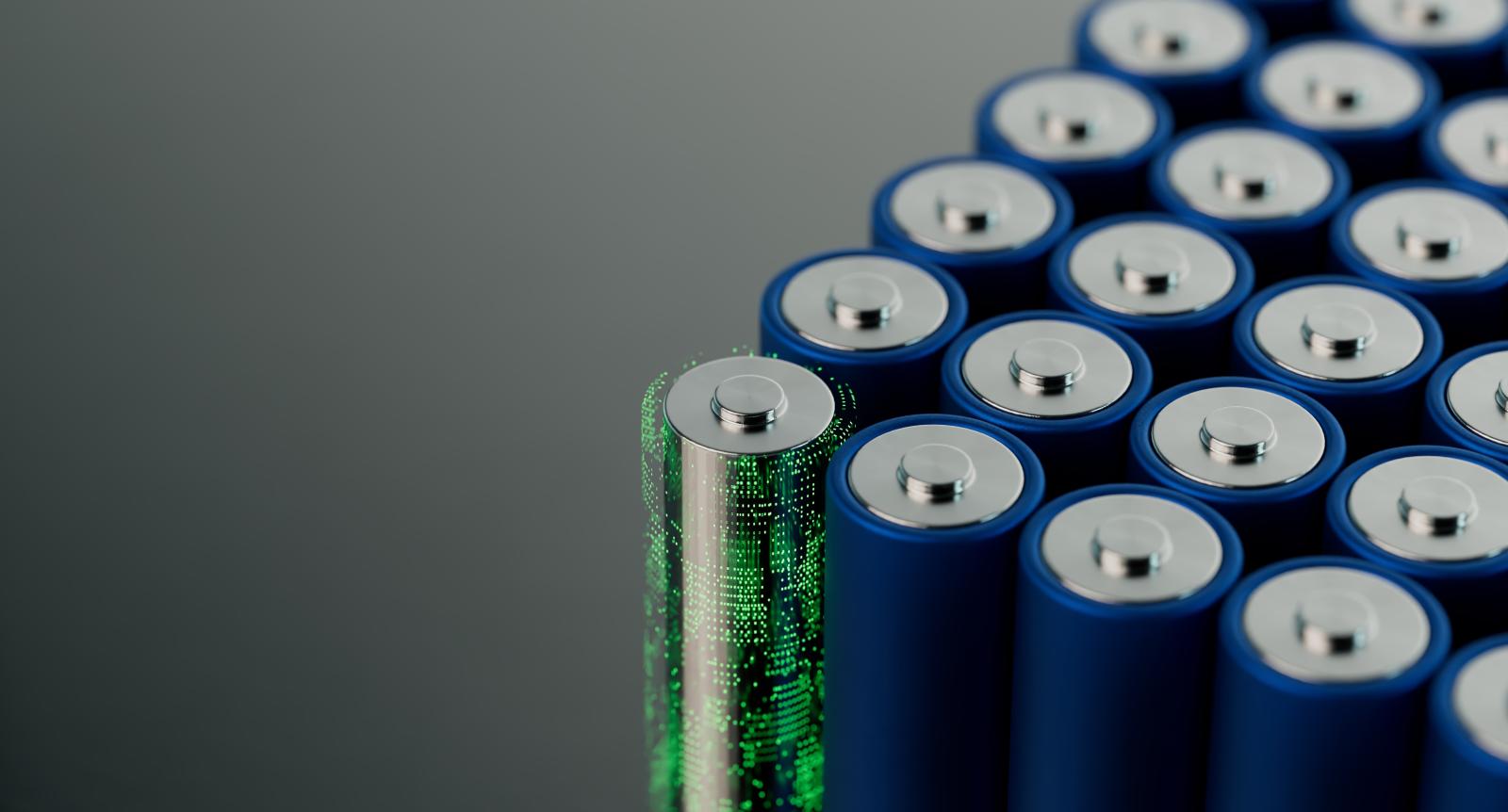-
News
August 12, 2024
ESRI Research Aims to Characterize Sodium-Ion Batteries
Sodium-ion batteries reached a milestone of sorts when the Chinese electric vehicle (EV) company Yiwei announced the launch of its sodium-ion battery-powered cars in February this year.

That’s where sodium-ion batteries come in, despite technical disadvantages that have long stymied their widespread use. Actual and potential technological advances have raised hopes that sodium-ion batteries can be substituted for lithium-ion batteries, in a more affordable and eco-friendly package, in certain unique applications where mass is not a major concern.
This increased interest in sodium-based batteries led the Electrochemical Safety Research Institute (ESRI) of UL Research Institutes to study sodium-ion battery safety starting in 2023. With analysts predicting further significant growth in the global sodium-ion battery market, scientists at ESRI have been studying the safety and performance of commercially manufactured 18650 sodium-ion cells. Collaborating with Stress Engineering Services (SES) Inc. in Texas, ESRI researchers recently conducted a series of safety tests on sodium-ion cells obtained from two different manufacturers. The performance type tests were conducted in-house in the ESRI test facilities.
ESRI team members found during their tests that sodium-ion batteries are not completely benign under off-nominal conditions.
"The sodium-ion batteries we tested went into thermal runaway under certain off-nominal conditions. When ESRI researchers applied external heat, the sodium-ion cells entered an uncontrollable, self-heating state called thermal runaway and exhibited a fire with extrusion and expulsion of cell contents," said Dr. Dhevathi Rajan Rajagopalan Kannan, an ESRI research scientist who led the safety testing. “And under overcharge conditions, bubbling of electrolyte and high temperatures was observed with one of the cell designs.”
“Sodium-ion batteries are gaining traction in the United States, as well as globally,” said Dr. Judy Jeevarajan, ESRI’s vice president and executive director. “It is important to thoroughly understand the safety of these kinds of chemistries as they continue to gain popularity in order to formulate the relevant standards that would be required to certify the sodium-ion cells and batteries before they are brought into the commercial market. ESRI’s approach to proactively characterize energy storage systems will not only help in the recommendation of safer designs but also formulate standards early in the process of its usage in the global market.”
ESRI researchers also examined the sodium-ion battery’s internal safety mechanisms to fully understand the observations from the safety tests performed. Although the sodium-ion cells had the current interrupt device (CID), which typically provides protection under overcharge conditions in 18650 cell designs, cells from one manufacturer leaked electrolyte and exhibited high temperatures.
Tests to characterize the cycle life performance of the sodium-ion cells examined the cell’s cycle life at different charge and discharge rates at room temperature, focusing on characterizing the cell to deepen scientific understanding of it. Tests are also planned to characterize cycle life at other temperatures. Early results indicate that medium charge and discharge rates may not provide as many cycles as lower charge and discharge rates.
The ESRI team delivered presentations on their research into the performance and safety of commercial sodium-ion cells in progressive stages at the NAATBatt sodium-zinc battery workshop in November 2023, at the International Battery Seminar in March 2024, and the Sodium-ion Battery Conference in Chicago in August 2024. The team will continue their characterization tests throughout 2024 and publish as well as present the results on various platforms.